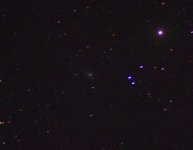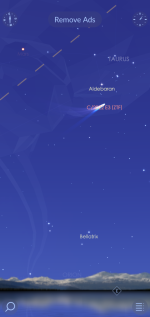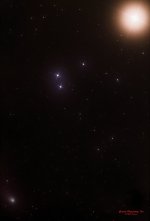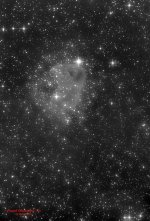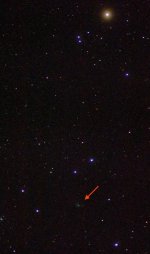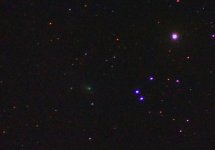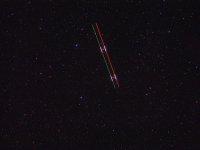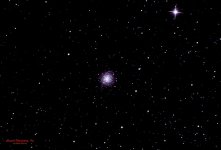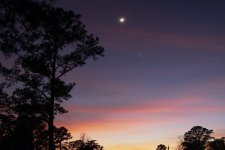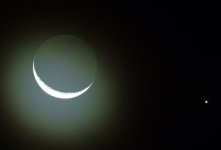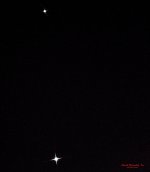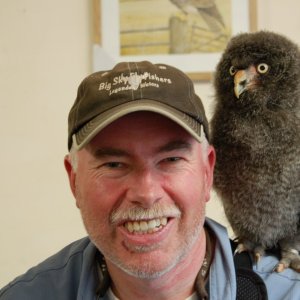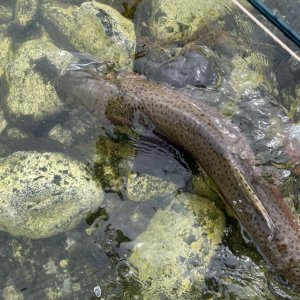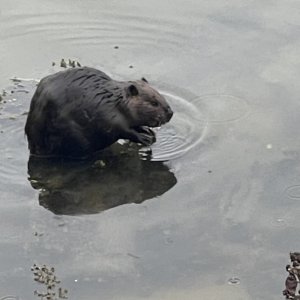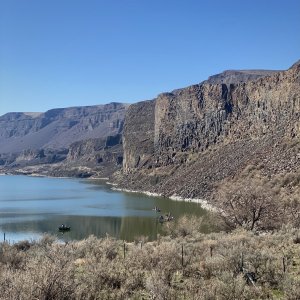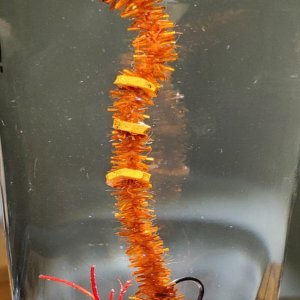It's really mind boggling when you look at the vast amount of stars and planets in these pics and you think about the possibilities of life beyond ours. There has to be several planets that have life either more advanced to ours or just developing..
Amazing to think about what is out there waiting to get discovered. Our biggest hurdle at the moment is distance and time to reach these other worlds. Earth as we know it is becoming too polluted and over populated at the rate it's headed now..
Just my thoughts..
I like the idea that with the speed of light and vast distances, "someone/something" with a bigger scope than we can imagine, is watching Earth with dinos on it, and many unanswered things we are curious about in our past is playing out in delayed real-time to the viewers out there.
"Two possibilities exist: Either we are alone in the universe or we are not. Both are equally terrifying." Sir Arther C Clarke - The Fermi Paradox refers to the dichotomy between the high probability that extraterrestrial intelligence exists and the fact that we have no evidence for such aliens.

Love Neil deGrasse Tyson's view on extraterrestrial life and UFOs/Alien visitation:
Cheers


